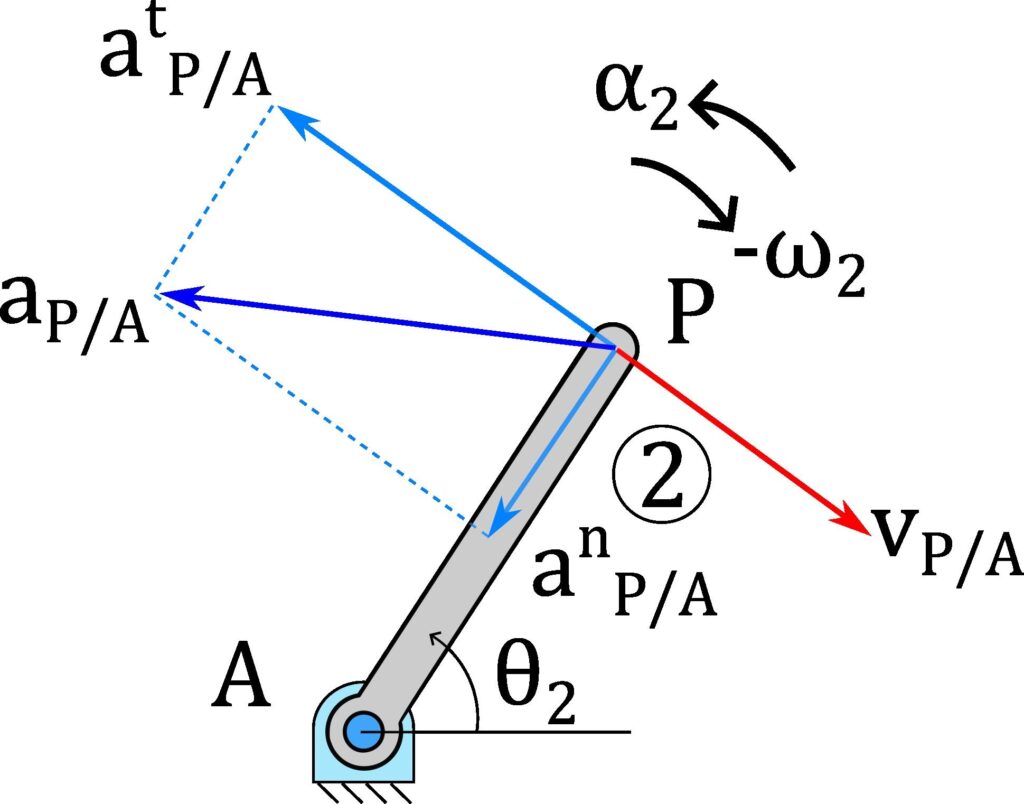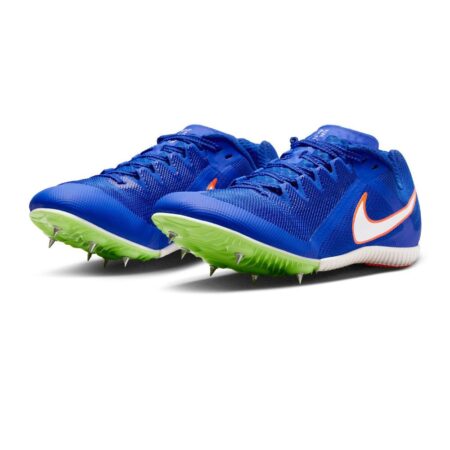A recent study available on ResearchGate delves into the intricate mechanics behind sprint performance, focusing on the kinematical analysis of stride length and stride rate. As sprinting continues to captivate athletes and coaches worldwide, understanding these fundamental components offers vital insights into optimizing speed and efficiency on the track. This article explores the key findings and practical implications of the research, shedding light on how variations in stride dynamics can influence athletic outcomes in competitive sprinting.
Kinematical Breakdown of Stride Length and Stride Rate in Sprinting
Recent kinematical studies dissect the components driving sprint performance by focusing on the intricate interplay between stride length and stride rate. Elite athletes maximize their efficiency not simply by increasing one variable but by finding a nuanced balance between both. While longer strides can potentially cover more ground, an excessively long stride may induce biomechanical inefficiencies, reducing overall speed. Conversely, a higher stride rate enhances cadence but risks insufficient ground contact time, which is crucial for force generation. This equilibrium becomes the defining factor that differentiates world-class sprinters from the rest.
Data analysis reveals that adjustments in stride parameters are highly individual and evolve during different phases of the sprint:
- Acceleration Phase: Sprinters favor rapid stride rates with relatively shorter strides to build momentum.
- Maximum Velocity Phase: Stride length optimizes as athletes reach full speed, balancing explosiveness and ground contact mechanics.
- Deceleration Phase: Both stride length and rate decline, reflecting fatigue and biomechanical limitations.
| Phase | Stride Length (m) | Stride Rate (steps/s) |
|---|---|---|
| Acceleration | 1.45 ± 0.05 | 4.8 ± 0.2 |
| Maximum Velocity | 1.70 ± 0.06 | 4.2 ± 0.1 |
| Deceleration | 1.55 ± 0.04 | 3.6 ± 0.3 |
Unveiling the Impact of Stride Dynamics on Athletic Performance
Recent research emphasizes the critical roles of stride length and stride rate in maximizing sprinting efficiency. By dissecting the biomechanical factors behind these components, athletes and coaches can tailor training programs to enhance speed outputs. Notably, improvements in stride rate often contribute more significantly to explosive acceleration during the initial phases of a sprint, while optimizing stride length becomes vital at peak velocity stages.
To illustrate these dynamics, the study presents key performance metrics analyzed across elite sprinters:
| Phase | Average Stride Length (m) | Average Stride Rate (strides/sec) | Impact on Velocity |
|---|---|---|---|
| Acceleration (0-20m) | 1.55 | 4.8 | High emphasis on stride rate |
| Top Speed (20-60m) | 2.20 | 3.9 | Stride length becomes predominant |
| Deceleration (60-100m) | 2.00 | 3.5 | Stride modulation critical |
These findings suggest that strategic adjustments in stride parameters can yield substantial gains in sprinting times. Training drills focusing on neuromuscular control, flexibility, and explosive power can effectively refine both stride length and frequency. Coaches are encouraged to monitor these variables continuously to customize athlete-specific interventions.
- Stride length optimization reduces ground contact time and enhances propulsion.
- Stride rate elevation supports rapid force application and turnover speed.
- Balance between the two is essential to prevent early fatigue and maintain sprint mechanics.
Key Recommendations for Optimizing Sprint Technique Based on Research Findings
Enhancing stride mechanics remains pivotal for sprinters seeking to maximize performance. Research highlights the delicate balance between stride length and stride rate, emphasizing individualized adjustments over one-size-fits-all coaching cues. Athletes are encouraged to focus on:
- Optimizing contact time: Shortening ground contact through explosive force application is critical for increasing stride frequency without sacrificing stability.
- Maintaining posture and alignment: Keeping the torso upright and shoulders relaxed enhances biomechanical efficiency, aiding in a consistent and powerful stride.
- Progressive overload in training: Incremental increases in stride length via strength and flexibility drills complement improvements in stride rate.
The interplay between stride length and stride rate varies across sprint phases, with early acceleration favoring step frequency and later phases benefiting from extended stride length. Coaches can utilize this table as a guideline for phase-specific technical focus:
| Sprint Phase | Primary Focus | Training Emphasis |
|---|---|---|
| Start & Acceleration | Increase stride rate | Explosive starts, high knee drive drills |
| Maximum Velocity | Optimize stride length | Flexibility, power development exercises |
| Deceleration Phase | ||
| Deceleration Phase | Maintain form and minimize speed loss | Endurance drills, technique reinforcement |





